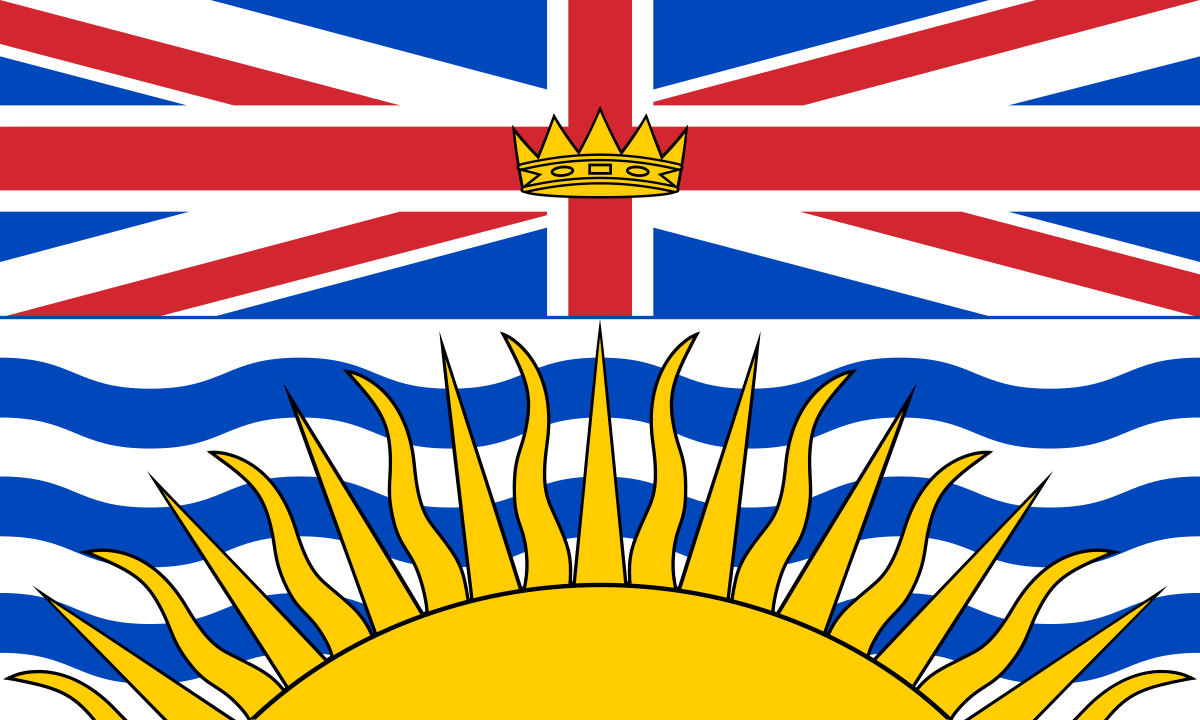- cross-posted to:
- [email protected]
- ndp
- canadapolitics
- fairvote
- cross-posted to:
- [email protected]
- ndp
- canadapolitics
- fairvote
cross-posted from: https://lemmy.ca/post/31487063
While British Columbians wait with baited breath for the final results from BC’s provincial election, one thing is clear: First-past-the-post has robbed voters of choice, deeply polarized communities, and when it comes to the biggest issues facing British Columbia, resolved absolutely nothing.
BC Conservative leader John Rustad’s election night speech captured the sorry state of affairs:
“If we are in that situation of the NDP forming a minority government, we will look at every single opportunity from day one to bring them down …and get back to the polls.”
A leader whose party received 44% of the popular vote vowing to do everything in his power to ensure the legislature doesn’t work for the majority, gunning for the next chance to seize all the power with less than half of the vote, is a brutal, yet predictable outcome of first-past-the-post.
If the supposed advantages of our winner-take-all system are its ability to cater to the centrist voter, ensure “strong, stable majority governments”, prevent “backroom deals”, deliver fast results on election night, and keep out extremists, it has failed utterly on all counts―all at once.
BC’s election has exposed these claims for what they are: at best, misleading talking points from those who haven’t reviewed the evidence, and at worst, deliberately dishonest assertions from shallow politicians who consistently put their own ambitions of power ahead of the public interest when it comes to electoral reform…



Love it.
We should adopt Single Transferable Vote. It’s proportional on a local scale, so it keeps to geographic representation, but gives most people a local representative that aligns closely with their interests.
In short: Ranked ballot in multi-member ridings, with the favourites chosen proportionally to their vote share (after instant-runoff of “losers” votes shift to next choices)
Long version: 3-5 member ridings, divided impartially to best match demographics and logiciel regions (urban Vancouver, Vancouver suburbs, Northern BC, etc.) Each party can have as many people on the ballot as there are seats.
Voters get to rank all their choices either by individual member or by party. When votes are counted, anyone with 20/25/33% gets a seat. If nobody does, the person with the least votes is removed and their votes are redistributed proportionally to their next choice. Repeat until all seats are filled.
(It’s slightly more complicated than that since there will usually be a few extra votes beyond what’s needed to get to the threshold; unlikely to be relevant, but there’s some math to use to give fractional votes to next choices.)
It’s been used successfully in Ireland for over a century.
Advantages:
Disadvantages:
Local representation is dead in this country. Might as well just count all votes and split the seats between the parties. Everyone just party votes and the vast majority of citizens just vote for the party with the leader the like.